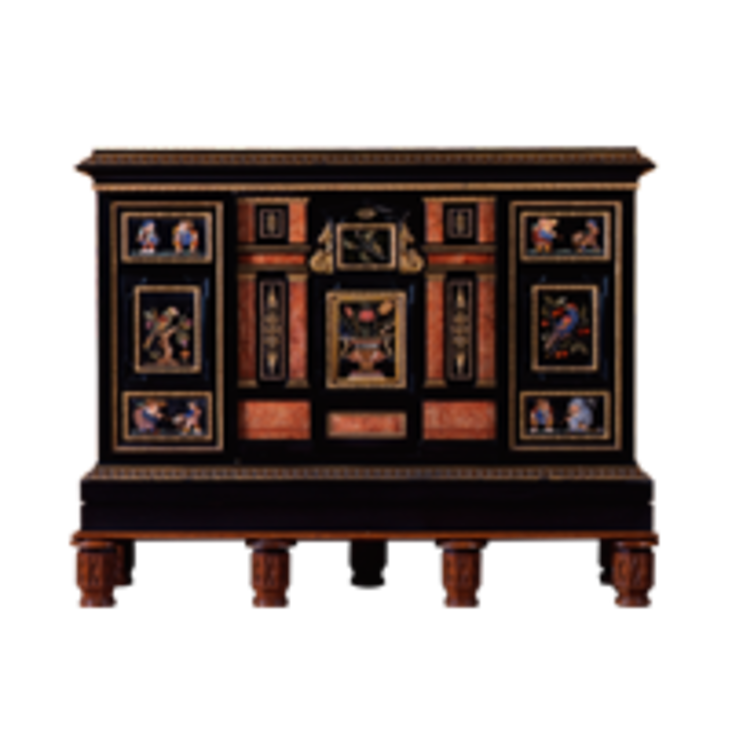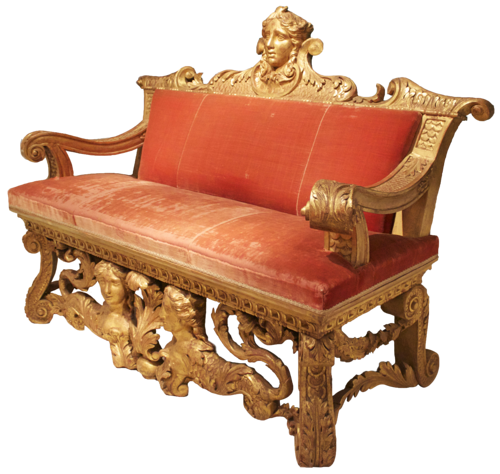Cherished Possessions: A New England Legacy was a major exhibition covering four centuries of New England history from the mid-17th century to the end of the 20th. The artifacts were drawn from the collections of the Society for the Preservation of New England Antiquities (SPNEA), a museum of cultural history with 35 historic house museums. The holdings count among the most notable collections of American fine and decorative arts in the United States. For the first time in its 95-year history, the collections were seen outside New England. They illuminate the cultural and domestic history of one of this country’s most interesting and best-loved regions.
Perhaps more than any comparable organization, SPNEA has collected objects contextually, retaining related documents, historical photographs, genealogical evidence, family traditions, and the like, so that the objects survive intact with their history of use and manufacture. The more than 100 objects in the exhibition, therefore, were chosen not only for their artistry but also for the stories they tell.
The exhibition was organized around the following topics: Cherished Possessions; New England’s People; New England Climate and Landscape; Before the Revolution (1650–1775); Revolution (1775–1783); Early Nation (1790–1820); Growth, Innovation, and Reform (1820–1930); and Modernism and Antiquarianism (1930–1970).
The range of items was as broad as the history of the region and nation and included furniture, ceramics, historic photographs, costumes, jewelry, paintings, and textiles. Among the highlights—and illustrating the range of the exhibition—were a high chest (1735–1745), painted, gessoed, gilded and heavily varnished into a magnificent and very rare 18th-century example of the technique known as japanning; a 1793 portrait by John Singleton Copley of Richard Codman; a magnificent lacquer Pembroke table (ca.1800); micromosaic vest buttons and a gold cameo set; and a fascinating photograph (ca. 1858) of a building in India, part of a remarkable album of early photography brought back by Ogden Codman, serving as a record of his journey to such an exotic culture. Codman is best known today for the seminal book he wrote with Edith Wharton, The Decoration of Houses, which changed forever the way Americans look at house interiors. It should be noted that every object in the exhibition was selected based on its ability to tell a story as well as to speak of the larger historical context of the region and the nation; the japanned high chest belonging to the Quincy family, for example, is the survivor of two fires, while Richard Codman had to be called back from his sojourn in France because of his many extravagances although, as the family maintained, “he had nice taste in pictures and statuary.”















